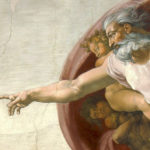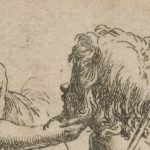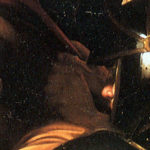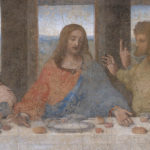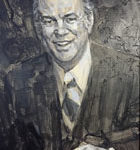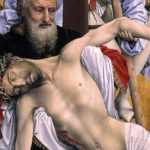
I decided to live the life of the mind long ago, well before I knew what that meant. I found that I admired educated persons. They seemed to develop more loyal families and make thoughtful projections about matters. There was less divorce. Broken families are more common among those with no more than basic education. They seemed to have something extra in life even though I couldn’t define it. I have learned that they read more than unlettered persons, that they tend to accept other persons better, even if they withdrew somewhat arrogantly in the doing. As there is a meaningful gap between the rich and the poor there is a gap between those educated and uneducated. For the educated… Read more

